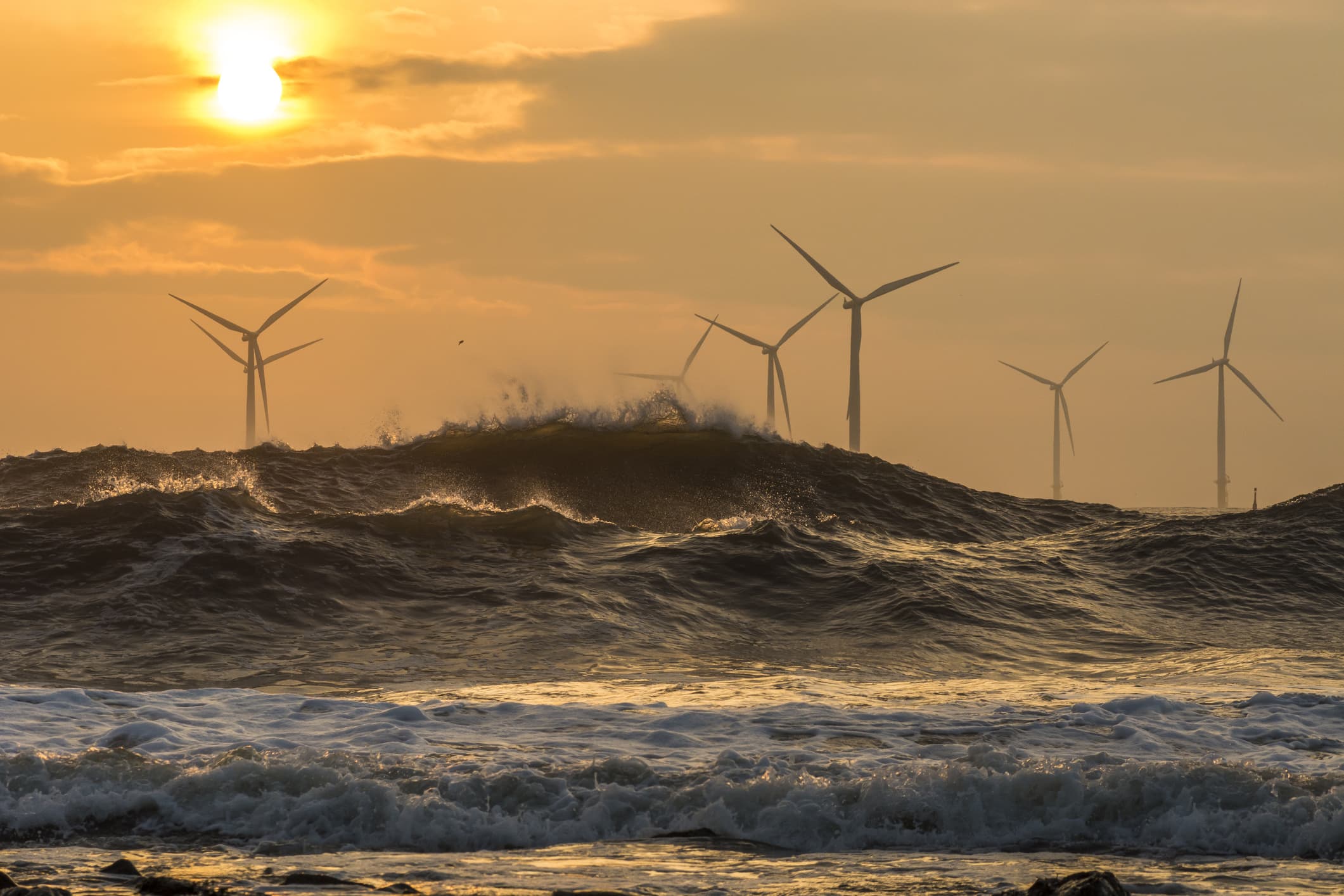A 450-mile subsea cable which connects the U.K. and Norway, enabling them to share renewable energy, has started operations.
In a statement at the end of last week, Britain’s National Grid dubbed the 1.6 billion euro ($1.86 billion) North Sea Link “the world’s longest subsea electricity interconnector.” The North Sea Link is a joint venture with Norway’s Statnett, the owner and operator of the country’s power transmission network.
The idea behind the NSL is for it to harness Norway’s hydropower and the U.K’s wind energy resources. According to National Grid, when Britain’s wind production is high and demand for electricity is low, the system will facilitate exports to Norway. This will in turn help to conserve water in the latter’s reservoirs.
“When demand is high in Britain and there is low wind generation, hydro power can be imported from Norway,” it added.
While Norway has a long history of oil and gas production, authorities there say 98% of its electricity production stems from renewables, with hydropower accounting for the vast majority.
National Grid has previously described interconnectors as “high voltage cables that are used to connect the electricity systems of neighbouring countries,” facilitating the trade of surplus power.
The project links the English town of Blyth to Kvilldal in Norway and will have an initial maximum capacity of 700 megawatts. This will increase to a “full capacity” of 1,400 MW across a three-month timeframe.
In its own announcement, Statnett referred to the three months as a “trial period.” In comments published by National Grid, Statnett’s CEO Hilde Tonne said: “As North Sea Link goes into trial operations, I am proud of the engineering feat produced by our joint team.”
The North Sea Link is National Grid’s fifth interconnector — others link to the Netherlands, France and Belgium. Looking ahead, National Grid said 90% of the electricity imported through its interconnectors would come from zero-carbon sources by the year 2030.
Last November, plans were announced for a multi-billion pound “underwater energy superhighway” which would allow electricity produced in Scotland to be sent to the northeast of England.
The Eastern Link project, as it’s known, is to focus on the development of a pair of high-voltage direct current cables that will have a total capacity of up to 4 gigawatts.
If fully realized the project, which is currently in the early stages of development, would connect two points in Scotland — Peterhead and Torness — to Selby and Hawthorn Point in England.
